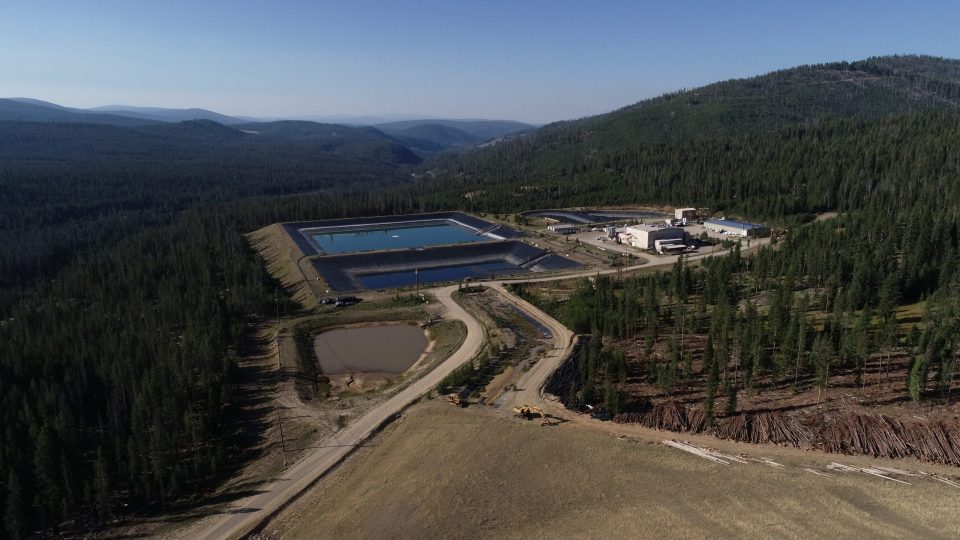Revival Gold Inc. (TSXV: RVG, OTCQX: RVLGF) has unveiled the results of its Preliminary Economic Assessment (PEA) for the Mercur Gold Project in Utah, presenting a compelling case for redevelopment. The PEA outlines robust economic potential, leveraging favorable site conditions and existing infrastructure to target a relatively short permitting timeline of approximately two years.
The Mercur Gold Project is designed as an open-pit heap leach operation targeting an average annual production of 95,600 ounces of gold over a 10-year mine life. The project is expected to process 65.6 million tonnes of mineralized material at a grade of 0.60 grams per tonne gold, with an average recovery rate of 75%. This robust production plan is supported by a Preliminary Economic Assessment (PEA), which highlights the project’s strong economic potential.
The economic metrics for the Mercur Gold Project are highly favorable. At a gold price of $2,175 per ounce, the after-tax Net Present Value (NPV) is estimated at $294 million, with an Internal Rate of Return (IRR) of 27%. If the gold price rises to $3,000 per ounce, the NPV increases significantly to $752 million, accompanied by an impressive IRR of 57%. These figures underscore the project’s profitability under varying market conditions. Additionally, the payback period is projected to be 3.6 years at $2,175 per ounce and reduces to just 1.7 years at $3,000 per ounce.
Capital requirements for the project include pre-production and working capital costs estimated at $208 million, while sustaining capital over the life of the mine is projected at $110 million. Operating costs are also competitive, with an average cash cost of $1,205 per ounce and an all-in sustaining cost of $1,363 per ounce. These cost metrics position Mercur as a cost-efficient operation within the gold mining industry.
The PEA mine plan is based on a substantial resource base comprising Indicated Mineral Resources of 746,000 ounces of gold and Inferred Mineral Resources of 626,000 ounces. Revival Gold has identified opportunities for further exploration and resource expansion in adjacent and new areas within the Mercur District. The project’s location on private claims in a dry climate facilitates efficient permitting processes led by Utah’s Department of Oil, Gas and Mining.
Mercur benefits from its status as a brownfield site with significant historical exploration and operational data. Existing infrastructure includes paved access roads, water supply systems, electrical power lines, and proximity to a skilled workforce. These factors contribute to lower technical and execution risks and are expected to streamline the permitting process.
Hugh Agro, Revival Gold’s President and CEO, emphasized the project’s strategic positioning for near-term U.S. gold production. “Mercur offers robust economics with low capital requirements and a logistically superior domestic mine site,” Agro said. The company plans to focus on resource conversion, engineering studies, and permitting over the next two years.
John Meyer, Vice President of Engineering & Development at Revival Gold, highlighted the project’s exemplary historical environmental performance as another factor supporting an accelerated permitting timeline.
The proposed mining operation will employ conventional open-pit methods with a nominal processing rate of 18,144 tonnes per day. Mineralized material will be crushed and heap-leached using a cyanide solution. The average metallurgical recovery is estimated at 75%, with annual production peaking at approximately 95,600 ounces.
Infrastructure from previous operations will be refurbished where possible, including site access roads and water supply systems. New infrastructure requirements include crushing systems, heap leach pads, and an adsorption-desorption-recovery (ADR) plant.
Revival Gold plans to complete baseline studies and permitting within two years. The company will also file a technical report summarizing the PEA on its website and SEDAR+ within the next 45 days.
While the PEA results are promising, it is important to note that Mineral Resources are not classified as Mineral Reserves and do not yet demonstrate economic viability. However, the study provides a strong foundation for further development work aimed at unlocking Mercur’s full potential.

